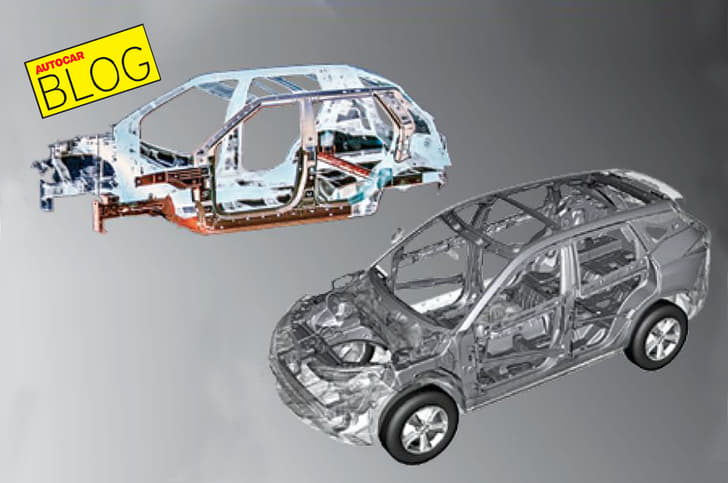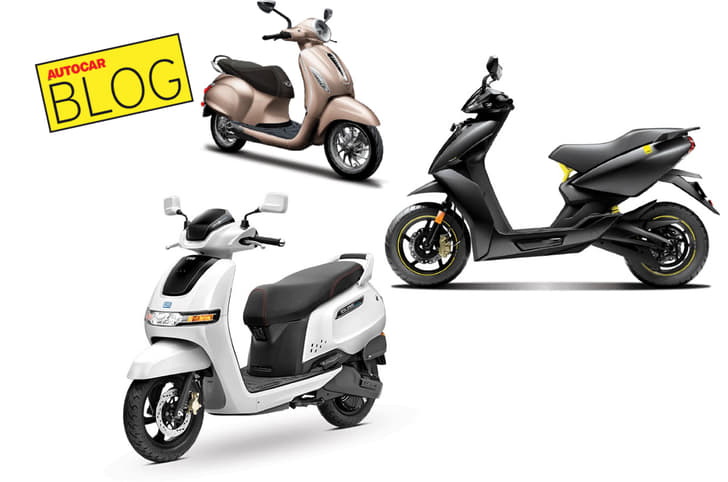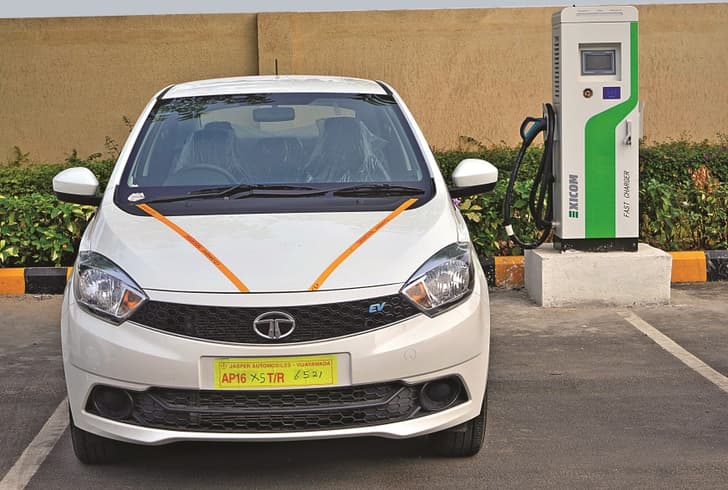Indian manufacturers Tata and Mahindra, had both purchased international carmakers around a decade ago, but it’s only now that we are seeing products jointly developed by them and their respective partners. For their flagship SUV, the Harrier, Tata borrowed the Land Rover D8 architecture that underpins the Discovery Sport, while for the XUV300, Mahindra has used the X100 platform of the SsangYong Tivoli. However, the engineering approach each one adopted in developing their models has been quite different.
Let’s begin with the Harrier. When Tata says they’ve used the platform, they haven’t actually used all of the parts per se. Bits like the engine, gearbox and even the entire rear suspension have all been replaced, and even the things that are retained have had a material change, like the aluminium-intensive structure of the Discovery is now made of high-strength steel. So, what Tata has effectively done is re-gutted the Land Rover platform, and what is shared between the Tata and Land Rover SUVs is the design engineering and hard points of many components. The re-gutting is a clever approach as it’s allowed Tata to use the ‘knowledge’ of the platform and build themselves an all-new car, at the desired, lower price point.
So while Tata completely re-gutted the D8 platform, Mahindra re-skinned theirs. With the SsangYong Tivoli being from a similar segment that the XUV300 was to launch in, Mahindra didn’t require quite as drastic a re-gutting. Of course, things were changed, like the engine, and due to the sub-four-metre segment, a lot was cut from the front and rear end of the Tivoli. However, much was retained too, like the body structure, the suspension and even many parts of the interiors like the dashboard, steering and switches and other bits were all carried over. Interestingly, though every exterior panel of the XUV300 and the Tivoli is different, they do look similar, thanks to some common character lines, like the flared rear fenders, on both cars. The re-skinning, of course, was done to give it a more Mahindra look and also make it more SUV-like.
So which approach is the better one? Well, both are great. The re-gutting and re-skinning moves were born from conditions and circumstances each manufacturer had, and having had the chance to drive the Harrier and the XUV300 quite extensively, I can confidently say that both approaches have worked; they are indeed very good products. With these re-engineered platforms, Tata and Mahindra are both sitting on vehicles with potentially big-ticket sales. Are there more models to come? Let’s hope so.

























